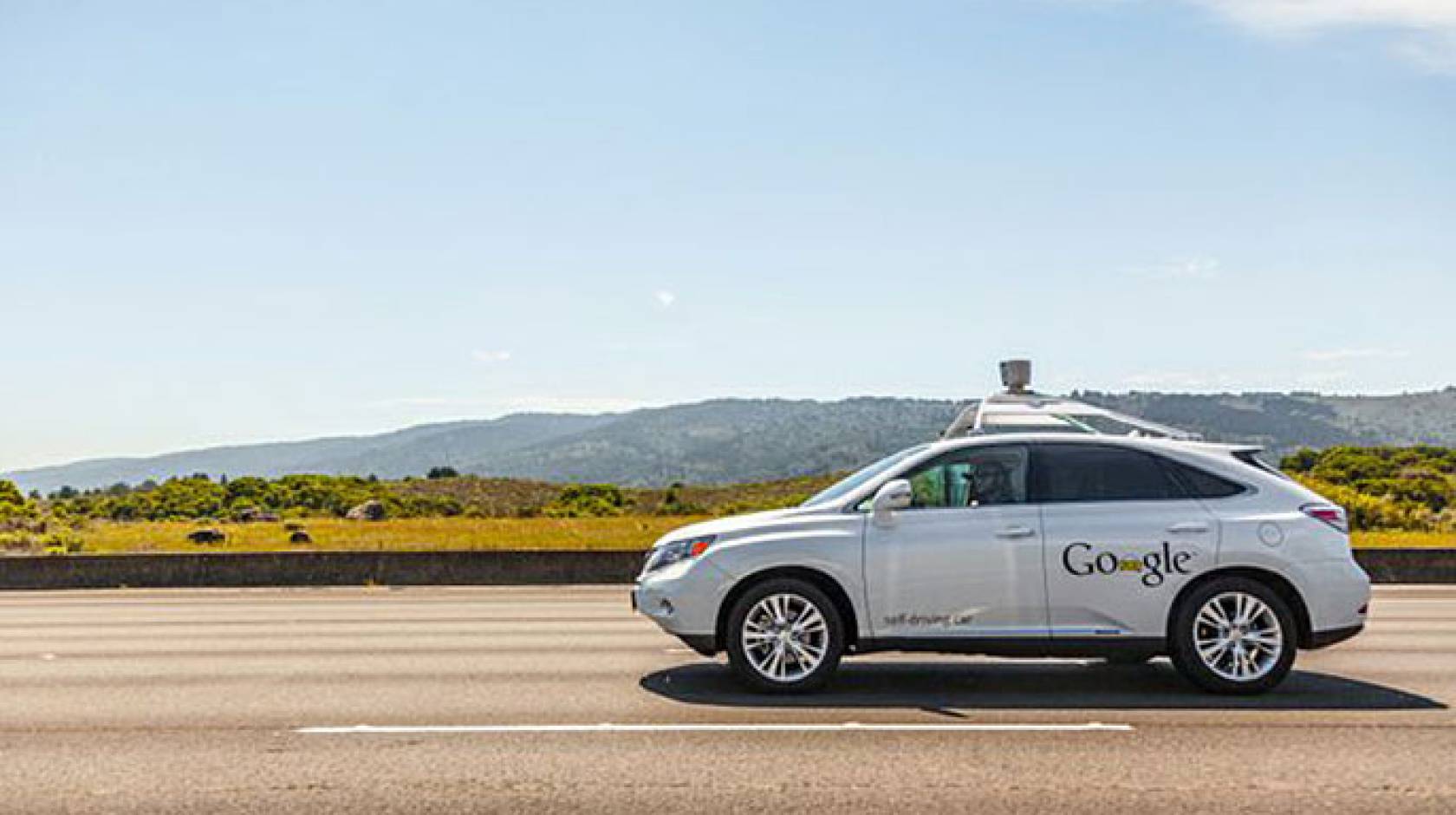John Villasenor, UCLA

John Villasenor is a professor of electrical engineering at the UCLA Henry Samueli School of Engineering and Applied Science and professor of public policy at the UCLA Luskin School of Public Affairs. This article appeared April 25, 2014 in the Atlantic.
These are boom times for driverless car research. Google, the major automakers, and government agencies both in the U.S. and abroad are spending millions of dollars to support the development of vehicle-automation technology with the potential to make road travel far safer than it is today. But what will happen when automation is suspected of causing, as opposed to avoiding, an accident?
This won't be a simple problem. How do you apportion blame between a human driver and a car’s automated systems? How do you apportion blame within those systems? Was it the software? Or the way the software was or wasn’t tested? Or maybe it was the hardware. Or perhaps it was due to the software and hardware interacting in unforeseen ways.
These sorts of head-scratchers have led to suggestions that liability concerns might become a major impediment to the rollout of advanced autonomous vehicle technologies. An article last year in the San Diego Union-Tribune observed that, according to “experts,” “the issue of liability, if not solved, could delay or even wipe out the vision of driverless cars gaining widespread consumer use.” MSN ran a story under the title “Will lawsuits kill the autonomous car?,” and the Wall Street Journal published an article titled “Liability Issues Create Potholes on the Road to Driverless Cars.”
Legal framework for liability concerns
There’s no doubt that accidents involving autonomous vehicles will put challenging new liability questions before the courts. But that doesn’t mean the courts will be unable to address them. And it doesn’t mean that we have to put the autonomous-vehicle industry on hold so legislators can attempt to preemptively draft and enact an entirely new set of liability laws that anticipate everything that might go wrong. It’s an exercise that would be as impossible as it is unnecessary.
Why? Because we already have a legal framework that is basically up to the task, as I recently argued in detail in a Brookings Institution paper. Thanks largely to the tremendous technological change that has occurred since the middle of the last century, products liability has been a dynamic, rapidly evolving area of law. Notably, when confronted with new, often complex, questions involving products liability, courts have generally gotten things right.
Today’s products liability law is the result of decades — or more, if you take the longer view — of precedent that has established the responsibilities that accompany making and selling products. Plaintiffs in products-liability lawsuits can choose from among various (not mutually exclusive) “theories” of liability when seeking to recover damages.
Negligence occurs when manufacturers fail to design their products to be safe when used in reasonably foreseeable ways. Consider an autonomous steering technology that works well during the day but that tends to cause fender-benders when used at night. A person whose car is damaged as a result could assert that night driving is a reasonably foreseeable use of a vehicle, and that the manufacturer’s failure to ensure the technology worked effectively at night constitutes negligence.
Defect complexities
Design defects are another commonly asserted theory of liability. Suppose that the software for controlling braking in an autonomous vehicle doesn’t sufficiently increase braking power when the vehicle needs to stop on a downhill slope. If, as a result, a vehicle causes a frontal collision (i.e., impacts a car in front of it), a person who suffers injuries or economic losses due to the collision could file a design-defects claim against the manufacturer.
Even when a design is sound, manufacturers can be liable for manufacturing defects. If an autonomous vehicle technology provider accidentally ships some vehicles with an early, non-market-ready version of software containing a flaw not present in the newer version that was supposed to have been shipped, a person injured in an accident attributable to this flaw could seek to recover damages from the technology provider.
Because the process of marketing and selling a product creates explicit and implicit warranties, products liability also involves contract law. Consider a provider of automated parallel parking solutions that claims in advertisements that the system can “parallel park in tight spaces equally well whether it’s day or night.” If, instead, the system only works during the day, and only in spaces that aren’t particularly tight, a purchaser of such a system could file a products liability claim citing breach of warranty (and would likely also allege that there was a design defect).
As these examples illustrate, while the specific fact patterns will vary, in products liability terms, manufacturers of autonomous vehicle technologies aren’t really so different from manufacturers in other areas. They have the same basic obligations to offer products that are safe and that work as described during the marketing and sales process, and they have the same set of legal exposures if they fail to do so. Products liability law has been highly adaptive to the many new technologies that have emerged in recent decades, and it will be quite capable of adapting to emerging autonomous vehicle technologies as the need arises

